Enhancing Focus and Stress Management for Managers

Background
For the purpose of this example we are using “John” as the clients name.
John, a senior manager at a mid-sized company, sought coaching to address the significant stress impacting his work performance. His responsibilities were extensive, and he felt overwhelmed, which hindered his ability to focus effectively.
Initial Session:
During our first coaching session, John shared his concerns about the mounting stress from various challenges at work. He felt his productivity was plummeting, and he needed a strategy to regain his focus.
Coaching Process:
To help John visualise his stressors and gain clarity, we used a coaching technique involving physical objects. Each object represented a specific challenge or issue he was facing. By externalising these stressors, John could see them from a different perspective.
01 Identifying Stressors
- John selected various objects to symbolise his stressors, both large and small.
- We laid these objects out on the table, creating a tangible representation of his current situation.
02 Creating Space and Gaining Awareness
- Seeing all the issues laid out in front of him, John began to gain a clearer understanding of his stress sources.
- I encouraged John to reflect on each object, asking curious questions to delve deeper into the nature of each stressor.
03 Grouping and Delegating
- Through our discussion, John realised that several stressors could be grouped together as they were related.
- He identified tasks that could be delegated to his team members who were more skilled to handle them. This realisation alleviated a significant portion of his stress.
04 Recognising Trivial Issues
- John noticed that some objects represented trivial issues that could be resolved with a simple phone call or quick action.
- This awareness helped him to immediately address and eliminate some stressors.
05 Setting Priorities and Goals
- As John started to calm down, he began rearranging the objects, placing them in order of priority.
- He added new objects to represent personal and professional goals he wanted to achieve, integrating them into his plan.
Outcome/Result
"John felt more in control and less overwhelmed."
By the end of the sessions, John felt more in control and less overwhelmed. He appreciated the visual and physical representation of his challenges, which allowed him to see the full picture and prioritise effectively. The process made him more self-aware and empowered him to take actionable steps towards managing his stress.
These coaching sessions exemplified how using tangible objects and visual aids can help clients gain perspective, manage stress, and enhance their overall effectiveness in their professional roles.

See the world as you want it to be and learn how to make it that way.
QUICK LINKS
SERVICES
